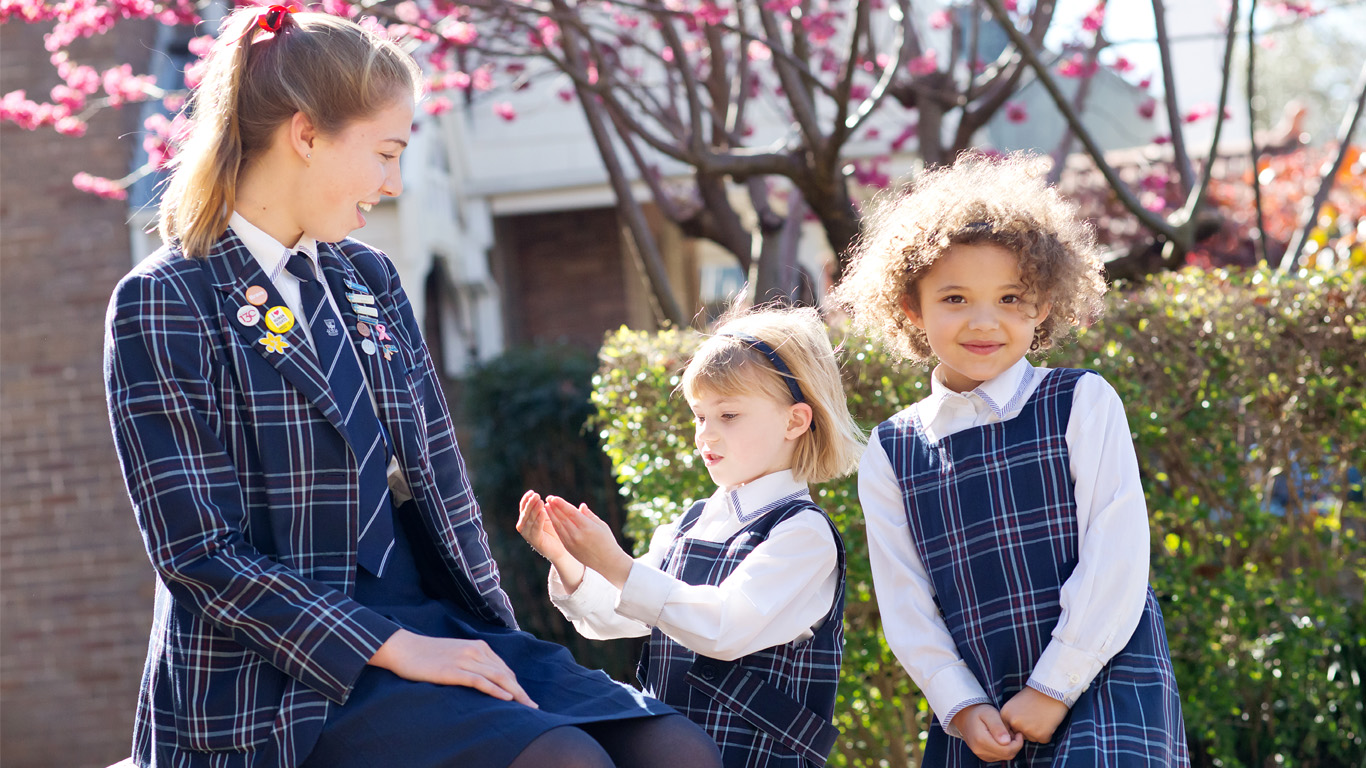
Disruptive behaviour, talking back, schoolwork avoidance. These are some of the telltale signs of a disengaged student. Media headlines tend to highlight extreme misbehaviour in schools but low-intensity resistance to learning is far more common — and equally problematic.
A recent Grattan Institute report found that up to 40 per cent of Australian students are effectively tuned out in any given year. The consequences for their education and that of their fellow students are dire.
Disengaged students quickly fall behind with their performance trailing their peers by up to two years, on average. The difficulty of teaching children with insufficient base knowledge is stressful for teachers and hinders the progress of the entire class, the report found.
Study authors Peter Goss and Julie Sonnemann have called for urgent reforms. Their recommendations are two-fold: augmented teacher training that incorporates specific classroom management strategies and the development of techniques to establish a constructive learning environment in the classroom.
The overall aim of teaching should be learning — now and into the future, say the researchers.
“The teacher’s ambition should not necessarily be a quiet classroom, but a genuinely productive class. The broader aims are to help students feel comfortable, be confident in their own abilities, be willing to participate and make mistakes, and be keen to challenge themselves in learning.
And effective teaching goes further: creating an environment that not only makes learning possible now, but also teaches attitudes and behaviours that enhance learning and success in later life. Student skills in self-regulation, such as self-monitoring and self-evaluation, are vital for life-long learning,” the report states.
International research bears out these findings. The UK’s Education Endowment Foundation (EEF) has assessed the impact of various components of the educational experience on learning outcomes based on worldwide evidence. Assessing everything from physical aspects such as the built environment and digital technology to parental involvement and teaching methods, the results show that teaching children meta-cognition skills such as reasoning and self-evaluation are the most effective strategies for improving engagement and lifting academic results.
As EEF chief executive Kevan Collins told Quartz, “Getting children to think and talk about their own learning more explicitly can be one of the most effective ways to improve academic outcomes.”
Independent schools are well aware of the benefits of this teaching style and have fully embraced it.
An exemplar is the Renaissance Woman educational framework found at North Sydney’s Wenona School. The school says this holistic practice is “modelled on the Socratic method of teaching, a form of cooperative dialogue and debate that encourages critical thinking; there are no ‘right answers’ in the course. The point is to consider, contemplate and question.
Strengthening student engagement is of primary importance at Wenona. “We explore ways to enhance our girls’ engagement and connectedness, including providing opportunities for them to learn to be present with themselves without distraction. Encouraging this capacity for reflection and self-awareness promotes self-confidence and a stronger sense of identity, building all-important resilience.”
The Australian Council for Educational Research (ACER) has found that independent schools have the most deeply engaged students and this is due to the nature of the schools themselves.
Family background and a student’s inherent motivation play a significant role but on the centrality of schools, ACER is unequivocal: “It does matter which school a student attends,” the organisation says. This, ACER explains, is because the highest levels of engagement are found in schools where “students believe that their school has a good school climate, that is one where they have high quality teachers, effective discipline, high levels of student learning and a positive school spirit.”
Research shows that academic achievement is closely correlated with student engagement. “There is a mutually reinforcing relationship between engagement, wellbeing and outcomes. Engaged students do better and doing better increases engagement,” says the NSW Government’s Centre for Education Statistics and Evaluation.
The excellent HSC results attained by independent schools throughout the state are testament to the positive learning climate found in these schools and the deep engagement they cultivate in students.
To learn more about what makes independent schools so successful, visit the North Shore School Expo, August 5-6, at the Concourse in Chatswood.
References:
Engaging Students: Creating Classrooms that Improve Learning — Peter Goss and Julie Sonneman, The Grattan Institute, February 2017
https://grattan.edu.au/wp-content/uploads/2017/02/Engaging-students-creating-classrooms-that-improve-learning.pdf
Teaching and Learning Toolkit — Education Endowment Foundation, 2017
https://educationendowmentfoundation.org.uk/resources/teaching-learning-toolkit
We’re asking kids all the wrong questions in school — Jenny Anderson, Quartz, July 7, 2017
https://qz.com/1022656/teaching-kids-reason-in-school-boosts-their-math-and-english-scores/
Student engagement with school: individual and school level influences — Sue Fullerton, ACER, July 2002
http://research.acer.edu.au/cgi/viewcontent.cgi?article=1030&context=lsay_research
Student Wellbeing — Literature review, Centre for Education Statistics and Evaluation, NSW Education and Communities, May 2015.
http://wellbeingaustralia.com.au/wba/wp-content/uploads/2015/05/student_wellbeing_litreview_v6.pdf